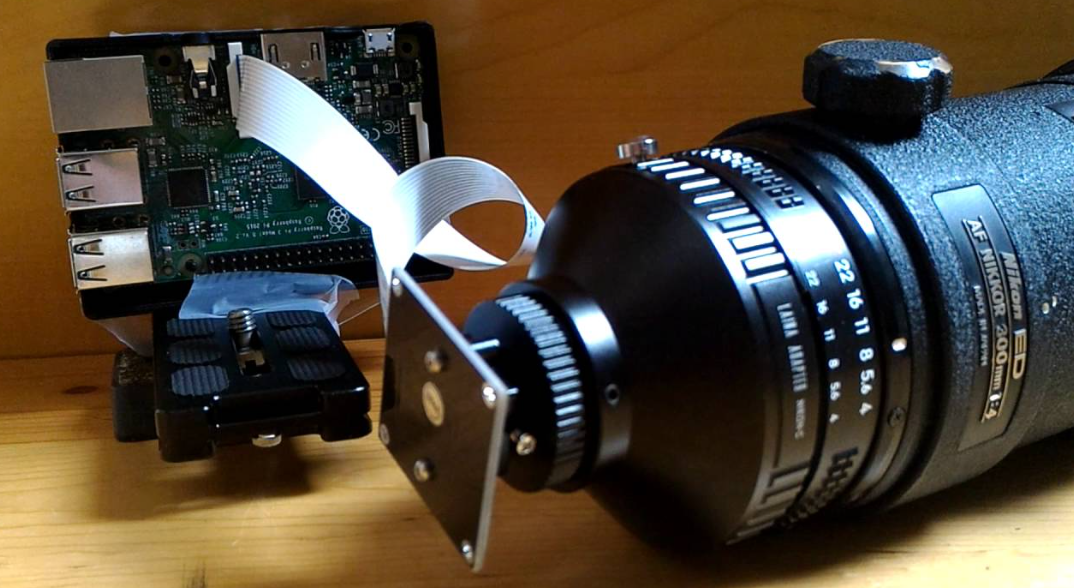USB camera modules are a very convenient and cost-effective way to add video capability to your project. They can be used with any system that has USB, including PCs, Macs, and Linux machines.
The USB camera module is a CMOS image sensor and an embedded controller in one package. It can be easily integrated with any system. When the camera is connected to a computer, it acts as an ordinary USB video device, which shows up in the guest OS as a video capture source.
The USB camera consists of a camera interface, image processing microcontroller and image sensor. The camera interface provides the communication link between the host controller and the embedded microcontroller in the camera module. It includes a full-speed USB interface and supports picture data transmission from the image sensor to the external host. The picture data encapsulation format is JPEG compressed bitmap with progressive scan (YUV 4:2:2).
The embedded microcontroller contains an ARM7 CPU core that controls all operations during image acquisition. The embedded microcontroller also provides low-level control of the image sensor’s hardware blocks such as exposure control, white balance control etc.
What to Look for When Choosing USB Camera Modules
For the most part, USB cameras are all the same. They all use CMOS sensors and have a resolution of 640×480 pixels or higher. However, there are some important factors to consider when choosing a USB camera module for your project. These include:
Features
USB cameras come in two flavours: cameras with an integrated circuit (IC) or cameras without an IC. The IC is an important component that allows the camera to communicate with your computer via USB, but it also makes the camera more expensive and complicated to use. If you don’t need the IC, then you should get a camera without one.
The IC also controls video encoding and decoding; this means that if you want to capture video using these cameras and view it on your computer screen, you will need software that supports them (like OpenCV). If you don’t need this functionality, then you can save some money by getting a non-IC version of your favourite model of USB camera.
Resolution
The resolution of an image or video is measured in pixels. The higher the resolution, the better quality your images will be. Most cameras support resolutions as high as 4K HD, which is ideal for virtual reality applications.
Field of View (FOV)
The field of view refers to how much area can be captured by a single lens. If you have a wide field of view, it means that more objects can be viewed at once. However, if your FOV is narrow, then you have to pan the camera from one side to another in order to capture everything you want on screen.
How Do USB Camera Modules Get Damaged?
Damage to a USB camera is caused by various factors, such as:
Physical damage – If your USB camera is dropped on the floor or knocked over, it can be damaged. The same goes if someone accidentally steps on it. If this happens, your camera may not work properly anymore and will need to be repaired or replaced altogether.
Electrical damage – If there is an electrical fault in your house or office building, then this could potentially cause damage to any electronic device connected to power supply at the time of the fault. This includes your USB camera modules on either of your camera-oriented devices.
Conclusion
The operation of USB camera is simple; connect it with the computer and download logitech camera software, install it. Then follow the USB camera module instruction to set up, after that you can use most of the software to control or play video. If you are unsure about any issues you have observed with your device’s camera, you can always contact wannatek camera products for assistance.
